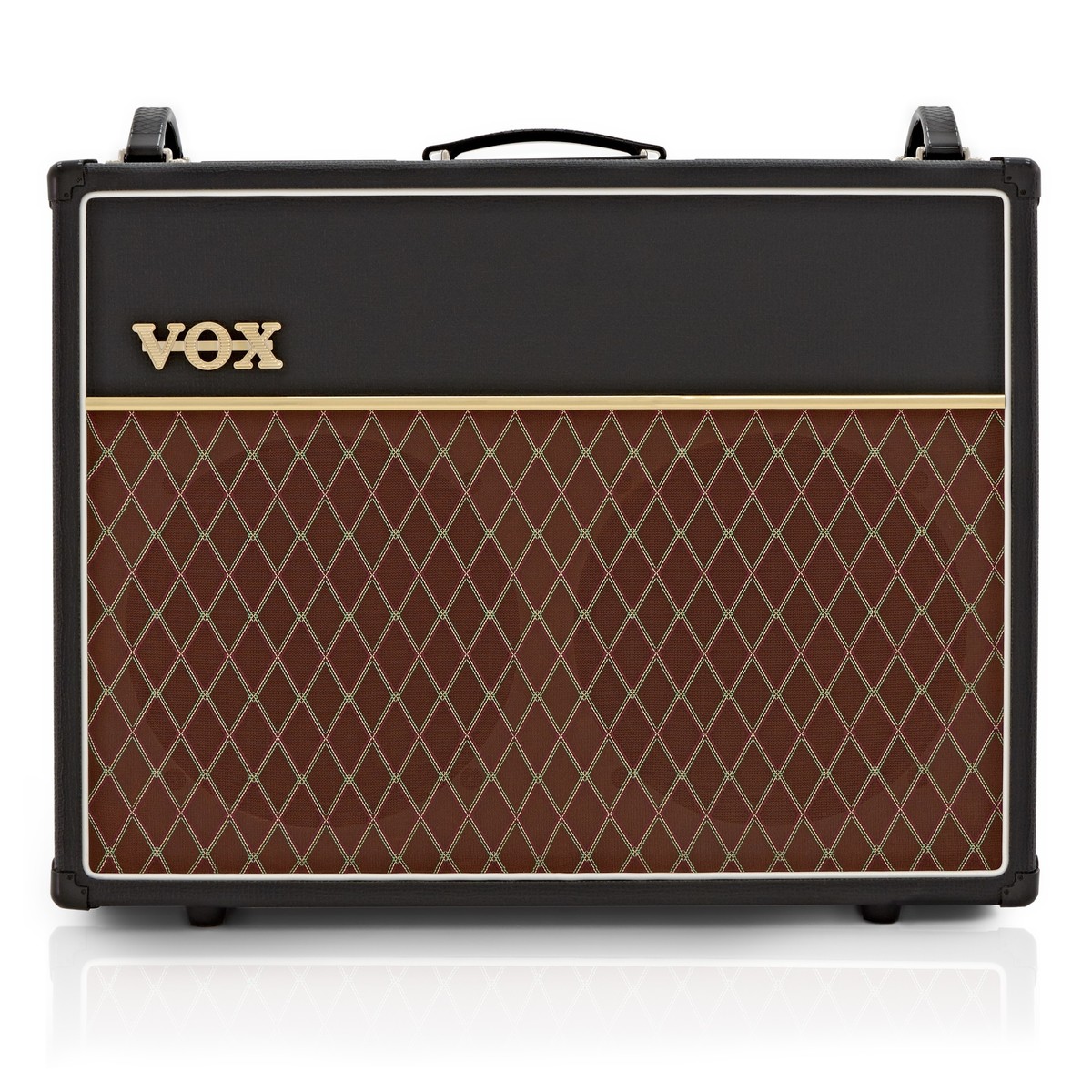The most mellow distortion ever

Here's an experiment. Take out your axe. Your electric guitar, I mean. Plug it into your fiercest, most shredding amplifier, preferably through your favorite 'Ghost of Jimi' distortion pedal too. Now play a six-string chord. G will do, F will be nice if you're up to it.
Arrrgggghhhh!!!!!! The horror of it, the sheer disgust, the ear-wrenching cacophony and utter, utter, not-very-niceness...
Didn't sound good did it? Not even if you like distortion. But play a single note, or a two or three-note chord with the guitar well in tune - sounds great! This time you get the distortion, but it's nice distortion. It has a raw edge, but it doesn't pull your teeth.
The reason for this is that when an amplifier distorts, it produces the harmonic distortion that we like. That's great because harmonic distortion enriches the musical harmonics produced by the instrument itself. It is in fact a 'musical' kind of distortion.
But alongside that there is intermodulation distortion. It happens when there are two or more distinct input frequencies. Additional frequencies are generated that correspond to the sum of the input frequencies and also to their difference. So if you input two signals with frequencies 1000 Hz and 1100 Hz respectively, you get an output that also contains 2100 Hz (sum) and 100 Hz (difference). These frequencies are not musically related to the input frequencies, therefore the combination sounds harsh.
However, when you only play one note, there is very little opportunity for intermodulation distortion to develop (there still will be some between the harmonics of the instrument, but much lower in level than before). If you play two notes that are musically closely related, like an interval of an octave or a fifth, then the intermodulation products are not too bad.
So apart from simplifying your chord structure - which many guitarists do - what can you do about this?
The answer is to break up your harmonies and record them onto separate tracks. Only ever play single notes or simple combinations at any one time, but build up your harmonic complexity through overdubbing. Your amplifier will never have the opportunity to generate much in the way of intermodulation products, and the rest of your system will handle any degree of harmonic complexity with ease.
Want to hear an example? You can't do better than listen to Brian May of Queen. Go on - it's an excuse to listen to Bohemian Rhapsody again!






























